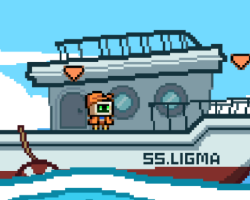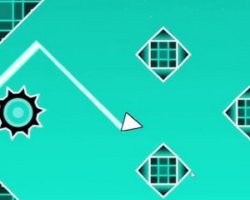Advertisement
Scale the Depths

Scale The Depths is a game built around a cycle of fishing, preparing, and serving. The player controls a small robot designed to operate in deep waters, pulling fish from beneath the surface and cleaning them before handing them over to aquatic customers. Each successful run provides income and sets the stage for new upgrades that make it possible to reach greater depths. The structure is simple yet layered, offering a steady loop of improvement.
Core Loop And Player Actions
At the start of each session, the robot lowers a hook into the ocean. Steering the hook into fish requires careful timing, and once caught, the fish must be taken to a scaling station. There, precision is required to remove the scales without damaging the catch. After scaling, the fish are served to waiting customers who judge the quality of preparation. This cycle repeats, gradually speeding up as better tools are unlocked and tougher fish appear deeper in the water.
Features And Progression
Several systems define how Scale The Depths plays and how the player advances:
- Fishing with a hook that can be upgraded for stronger catches
- Scaling fish with tools that reward precision and care
- Serving customers who provide income based on quality
- Unlocking upgrades that allow deeper exploration
- New fish types and challenges as the depth increases
Each of these features ties into the game’s progression loop, ensuring that every upgrade makes the next run feel different.
Strategy And Decision Making
Strategy comes from deciding where to invest resources. Improving the hook may make catching faster, while sharpening the knife speeds up scaling. Choosing one path over another changes how efficient the overall loop becomes. Players must also decide whether to risk pushing deeper early or remain at safer levels to build income steadily. The balance between speed, precision, and long-term planning shapes each session.
Replay Value And Lasting Appeal
Replay value in Scale The Depths is tied to its incremental design and variety of outcomes. No two runs feel identical because of how upgrades shift priorities and how fish types appear at different depths. Each completed cycle builds skill and unlocks better equipment, giving the player clear progress with every attempt. The mixture of resource management, mechanical precision, and exploration creates a lasting loop that encourages players to return and dig deeper into the ocean’s challenges.
Advertisement






















































































Comments